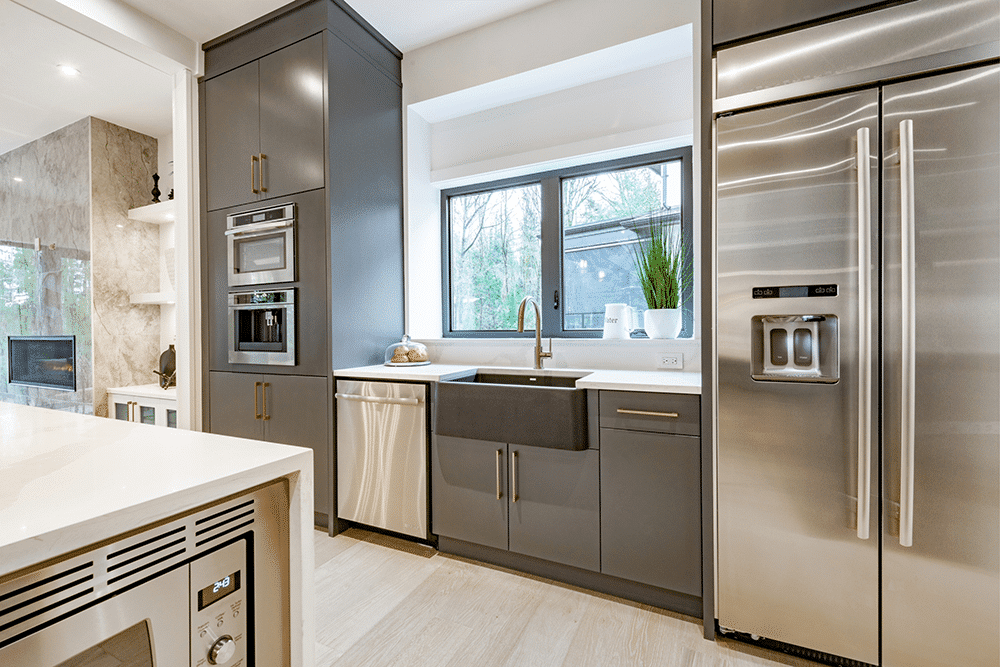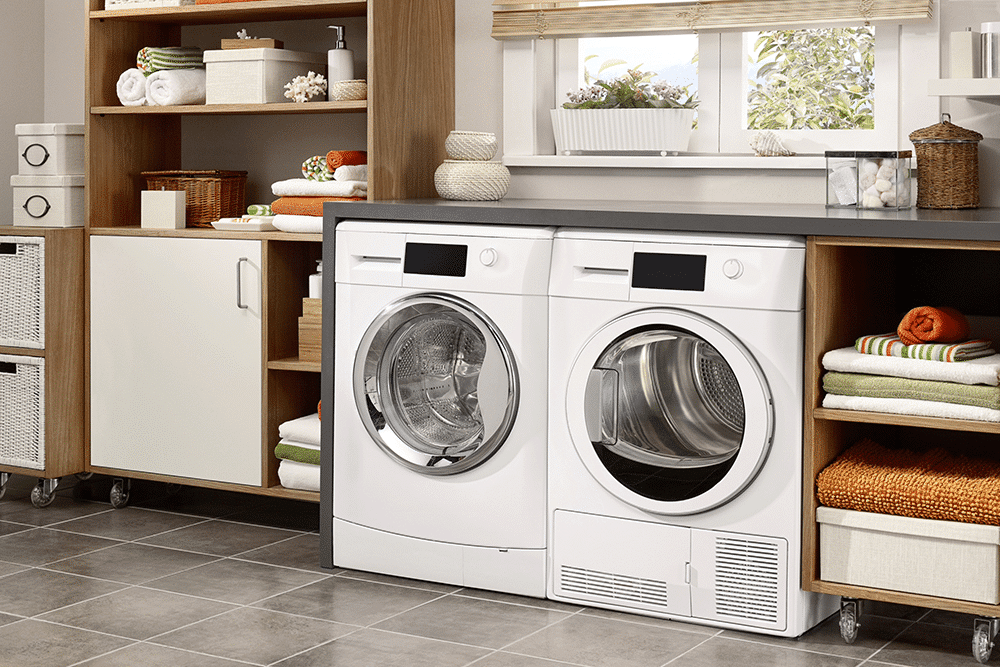Household Appliance Manufacturer
Unlocking Promotional Impact with Data-Driven Insights
Optimizing Promotional Spend: Data-Driven A/B Testing for Margin Growth
A bathroom fixtures & fittings manufacturer leveraged historic analysis and real-time A/B testing to refine promotions, identifying $4.5M in savings while maintaining volume.
In the competitive B2B2C retail space, promotional spend is a key driver of sales, but broad, undifferentiated discounts can erode margins. A leading bathroom fixtures & fittings manufacturer faced this challenge, applying uniform promotions across products without assessing their true impact. By implementing A/B and B/A testing through big-box retail partners, the company analyzed price elasticity and refined its promotional strategy. The results revealed opportunities to reduce discounting from 15% to 5% for select SKUs, delivering $4.5M in margin improvement without sacrificing sales volume.
Explore More Case Studies
Situation
Undifferentiated Promotions Erode Margins in Big-Box Retail
- B2B2C channel, selling through big box retailers where promotions were prevalent
- Promotions were applied broadly across from categories, with no differentiation based on product, customer, or order attributes
- When selling through big box, channel partners had visibility to client product margin

Approach
A/B Testing to Optimize Promotional Strategy and Improve Profitability
- Designed and executed A/B testing and B/A testing to test the affects of adjusting the standard 15% discount
- Based on results, built out further product segmentation based on elasticity
- Updated promotional strategy through big box retailers to reduce promotions for select SKUs

Hypothesis
Reducing promotions from 15% to 5% will increase margin $
Design Test & Randomly Assign A/B Values
Similar daily quantity and margin $ profiles across A and B in pretest data. Selected methodology had 80% statistical confidence.
Conduct Testing for A/B then B/A
All Customer-Product combinations assigned to Control (A) or Experiment (B) with a 50/50 split per rating level
Measure Results to Validate Hypothesis
Results indicated two product segments based on elasticity – this was used to narrow scope of future promotions and reduce overall promotional spend




